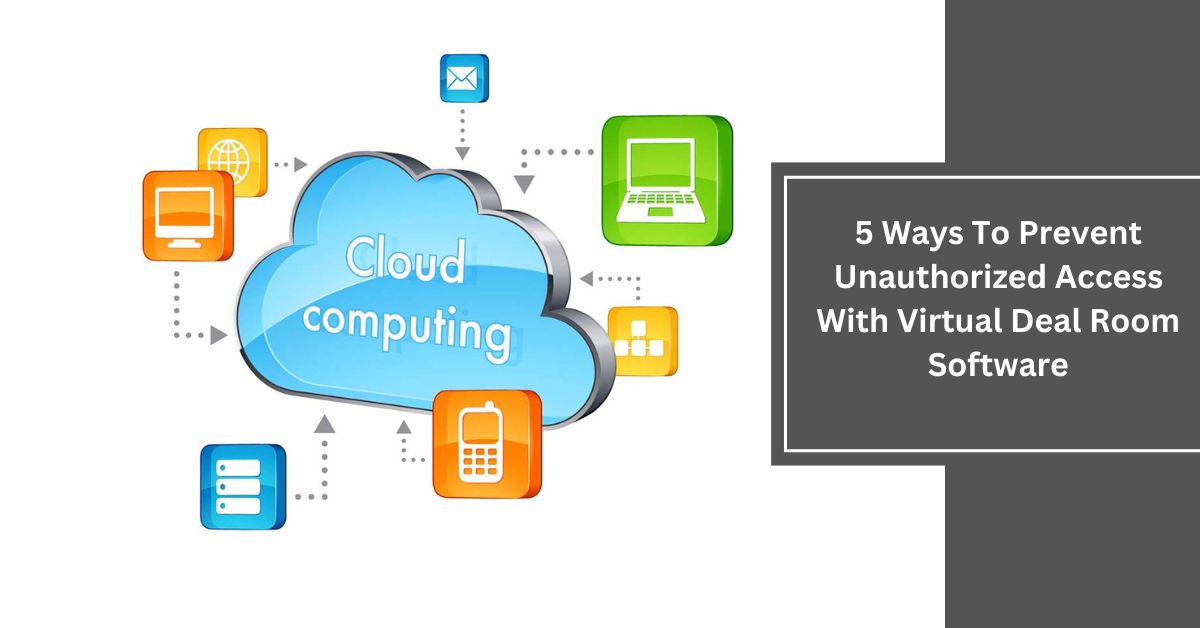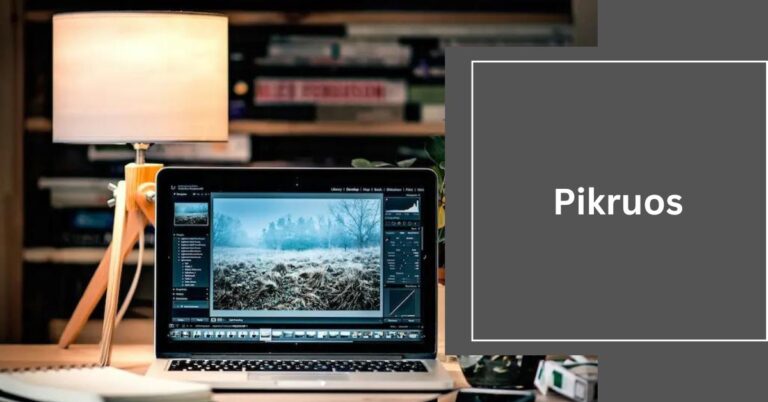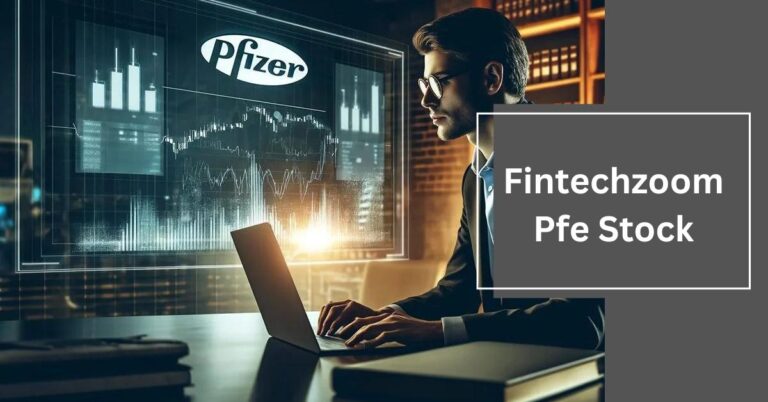5 Ways To Prevent Unauthorized Access With Virtual Deal Room Software
Organizations can rely on the security of virtual data rooms to complete transactions and sensitive processes. The nature of these documents, encompassing everything from legal and financial deals, necessitates a strong data security apparatus. A virtual deal room could apply security measures like intrusion detection systems and multi-factor authentication. Here are five ways deal rooms could help you avoid unauthorized access:
1. User Authentication
A virtual deal room applies measures like multifactor authentication to prevent unauthorized access to your documents. In two-factor authentication, users may have to provide two identification alternatives before they have access to the platform. This can be a password and a special verification code transmitted to the user’s registered device.
This approach lowers the risk of unauthorized access even in cases where unauthorized parties breach log-in credentials. Other authentication techniques applied by deal room providers include biometrics such as fingerprint, retinal, and facial scans. Some may offer time-limited access codes to prevent unauthorized access.
2. Activity Tracking and Audit Logs
Deal room providers may offer features for tracking user activity and auditing logs. These features provide a comprehensive record of how users interact with the deal room platform. The logs could include details on edits, sharing, and downloads.
Such transparency allows businesses to monitor users’ behavior to detect security breaches. Activity tracking and audit logs will help in the investigation of unauthorized access to enable enhanced accountability and compliance with data restriction regulations.
3. Watermarking
Virtual data rooms may apply watermarks that help deter the unauthorized distribution of confidential documents. Watermarks that show the recipient’s name, email, and other identifying information may discourage users from printing documents. Some deal room providers may apply dynamic watermarks. These watermarks, which are unique to every user, make it easier to find the source of leaked documents.
4. Data Encryption
Deal rooms could use encryption algorithms to safeguard files and data when at rest and when in transit. It is possible to convert readable data into an unreadable format that can only be deciphered using a specific decryption key. The sender shares this decryption key with the recipient to make sure they are the only one who can decode and access the document.
Your files stay encrypted when in transit to prevent interception and access by unauthorized parties. Advanced encryption standards, like the AES 256-bit, could be applied by deal rooms to enhance security.
5. Access Control
Some data rooms can apply strong access controls to enhance the security of files in data room platforms. Deal providers could apply granular permission categories and varying access rights. This enables them to restrict activities like viewing, downloading, and editing of specific files. These measures may help lower unauthorized access to sensitive information by making it exclusively available to those who require it.
Use a Virtual Deal Room Today
Organizations can prioritize data encryption and file-sharing security to lower the risk of data breaches. Using a deal room may enhance collaboration between teams while bolstering the safety of user documents. Robust access restrictions, watermarking, and encryption protocols are some of the measures deal room providers can apply to protect sensitive information. Contact virtual deal room providers today to learn more about ways of preventing unauthorized access to sensitive user documents.







